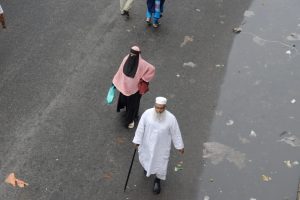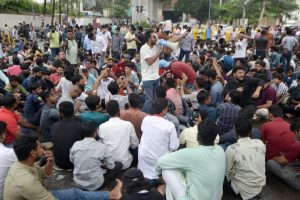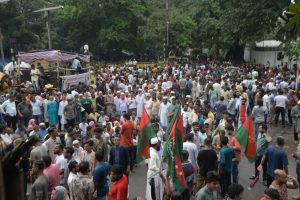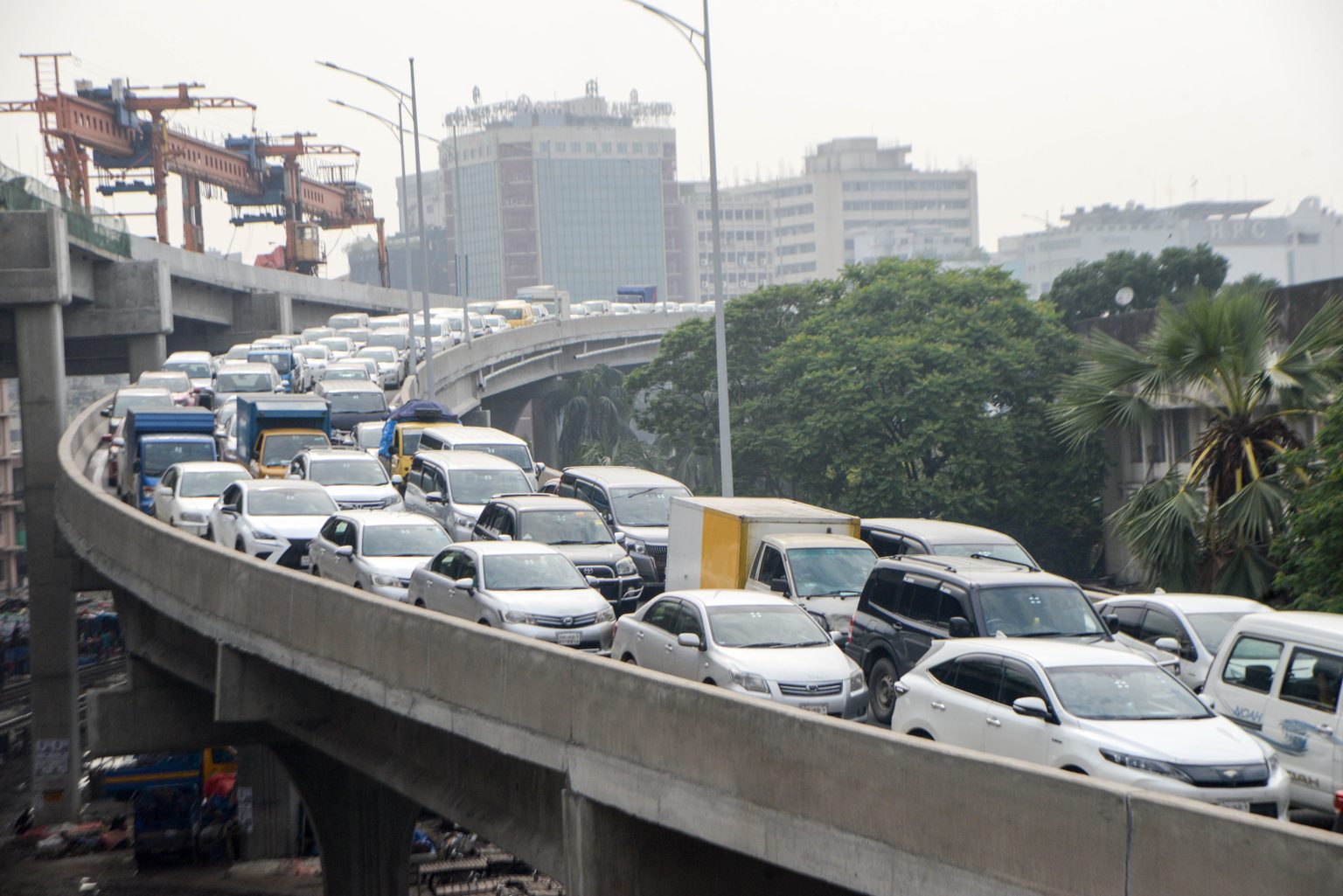The bustling capital of Bangladesh, Dhaka, has been brought to a near standstill over the past few days as a wave of demonstrations and protests has swept through the city, exacerbating its chronic traffic congestion and disrupting the daily lives of millions.
A combination of political unrest, student-led protests, and adverse weather conditions has turned the streets into scenes of chaos, with commuters, emergency services, and businesses bearing the brunt.
The recent unrest began earlier this week, triggered in part by the killing of Shahriar Alam Shammo, a Dhaka University student and publicity secretary of the Jatiyatabadi Chhatra Dal (JCD), who was fatally stabbed near the Bangla Academy.
The incident led to widespread outrage. Protesters blocked major roads, particularly Shahbagh, demanding justice, leading to severe gridlock.
On May 21, supporters of Ishraque Hossain, a mayoral candidate, blocked several areas including Matsya Bhaban and Kakrail in response to a dispute over the Dhaka South City Corporation (DSCC) mayoral position. Social media was flooded with images of gridlocked roads and frustrated commuters as the city’s traffic system collapsed under pressure.
Meanwhile, Islamist groups including Hefazat-e-Islam have also staged mass rallies in recent weeks. One such demonstration on May 3 drew more than 20,000 people to protest proposed women’s rights reforms. These gatherings, particularly around Dhaka University and central thoroughfares, caused major traffic disruptions, as protesters occupied arterial roads and brought movement to a halt.
The protests coincided with heavy early morning rain on May 22. Waterlogging at major intersections worsened the already paralysed traffic conditions. Meteorologist AKM Nazmul Haque noted that further rainfall was expected.
 Dhaka’s already overburdened infrastructure, serving a population of over 10 million, struggled under the pressure. Narrow roads and poor drainage systems exacerbated the problem. Areas such as Bijoy Sarani, Tejgaon, Mohakhali, Farmgate, Kawran Bazar, Moghbazar, Hatirjheel, Banglamotor, Kakrail, and Shahbagh were among the hardest hit. Even emergency vehicles, including ambulances, were unable to move through the city.
Dhaka’s already overburdened infrastructure, serving a population of over 10 million, struggled under the pressure. Narrow roads and poor drainage systems exacerbated the problem. Areas such as Bijoy Sarani, Tejgaon, Mohakhali, Farmgate, Kawran Bazar, Moghbazar, Hatirjheel, Banglamotor, Kakrail, and Shahbagh were among the hardest hit. Even emergency vehicles, including ambulances, were unable to move through the city.
The disruption has had far-reaching consequences. Officegoers, students, and daily wage earners faced immense difficulty in reaching their destinations. Shariful Islam, a commuter heading to Dhaka Medical College Hospital on May 18, described being stuck in traffic near the National Press Club for hours—a potentially life-threatening delay for those needing urgent care. Businesses, particularly those dependent on deliveries and logistics, also suffered.
Social media platforms have been overwhelmed with posts and videos showing the scale of the disruptions. Many residents criticised the interim government for failing to maintain law and order or coordinate effectively with protest organisers to limit public hardship. The general sentiment online reflects growing public frustration.
These protests occur against the backdrop of political volatility, following ouster of prime minister Sheikh Hasina’s Awami League government in August last year. The interim government has since faced continuous unrest over issues ranging from justice for killings and corruption to electoral reform and legal changes. According to a report by the Daily Juganto, the first five months of the interim administration saw 126 protests, 76% led by professionals and students.
In response, security has been tightened. The Bangladesh Army, police, and Border Guard Bangladesh (BGB) have increased their presence throughout Dhaka, setting up checkpoints and deploying patrols in key areas like the Nightingale intersection and around Baitul Mukarram Mosque. Despite these efforts, traffic remains paralysed, with protesters occupying strategic locations.
The interim government’s handling of the unrest has come under scrutiny. Critics argue it has failed to strike a balance between upholding the right to protest and ensuring public order. The Bangladesh Nationalist Party has condemned what it describes as state inaction in preventing violence and disruption during recent demonstrations.
For now, the people of Dhaka are left navigating a city gridlocked by political demands and infrastructural fragility. As one commuter put it, “This is no longer just about traffic—it’s about our lives being put on hold.”


